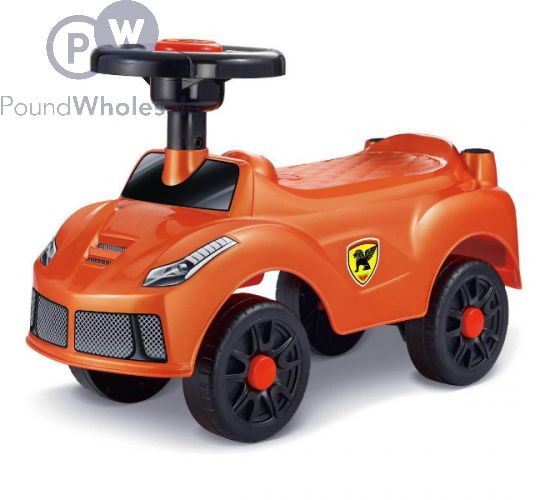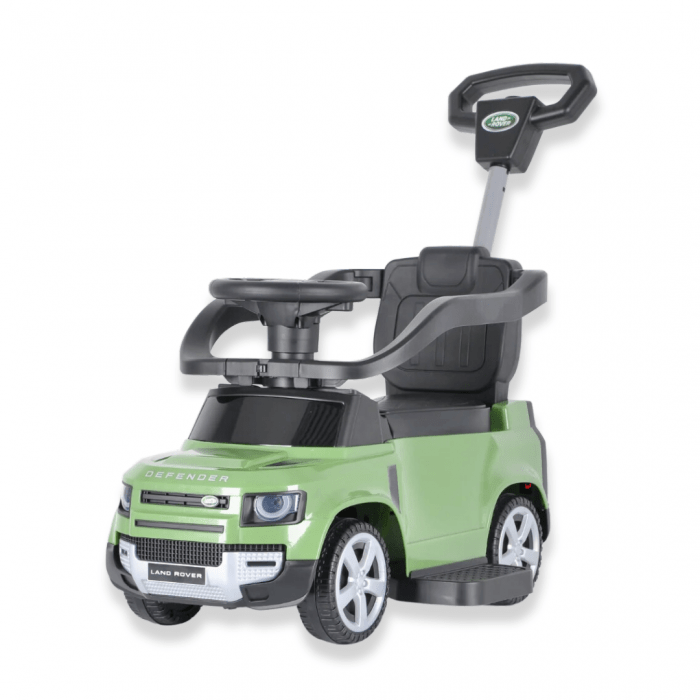Recommended Facts On Deciding On Kids Ride On Cars
Recommended Facts On Deciding On Kids Ride On Cars
Blog Article
What Safety Features Of A Ride-On Vehicle Should I Consider? Cons And Pros
Safety features are essential to think about when selecting the right ride-on vehicle for your child. This will ensure that they are safe during their playing time. Below are some security features that you must think about.
Seat belts are a great way to keep your child secure when riding on the vehicle. It reduces the risk of them falling off or being thrown from the vehicle during play. Seat belts offer an additional layer of safety for your child, particularly in the event of sudden stops or sharp turns.
Pros - Some ride-on vehicles might not have seat belts, specifically those made for children younger than. Seat belts can also be uncomfortable for children, leading them to be resistant or unwilling to use it.
Sturdy Construction
Pros: A ride-on car made of sturdy and durable materials is more durable and resistant to damage which ensures safety for the long term and durability. It can stand up to the demands of playtime and also provides stability when used.
Cons - Sturdy construction often costs more at a higher point, making it more costly for some families. Further, heavier materials could impact the maneuverability and mobility.
Low Center Gravity
Pros - Ride-on vehicles with low centers of gravity are less vulnerable to tipping over, reducing the chance of accidents and injuries. They provide greater stability and stability during turns or maneuvers.
Pros - Ride-on cars which have a low centre of gravity can sacrifice off-road capability or the clearance of their ground, which can limit their range of use.
Child Remote Control -
Pros: Remote-controlled vehicles give parents the capability to observe and supervise their child's playing, adding an extra layer of control and safety. Parents can intervene when an emergency occurs, navigate difficult terrain, or avoid collisions.
Cons - Remote control for parents can limit children's independence and autonomy as they depend on guidance from parents and help during play. Additionally, remote-controlled vehicles may cost more than manual versions.
Speed Limiters
Pros - Ride-on cars equipped with speed limiters or variable speed settings let parents control the speed limit of the vehicle and reduce the chance of collisions or accidents. They are able to increase the speed to the max as the child's confidence increases.
Cons - Children may rapidly outgrow their slower speed settings. This can lead to frustration or even dissatisfaction. Also the speed limiter may not be present in all models. It could also require an additional feature or accessory.
Safe Start Technology -
Pros- Safe start ensures smooth starts and stops of the car ride, minimising the risk for abrupt jerks or movements that can frighten children or cause them to become unsteady. It offers a more comfortable and safer riding experience.
Cons - Models with the safety start feature could cost more than those without. Children may find the gradual acceleration of deceleration to be less appealing than immediate stops and begins.
Visibility Enhancements
Pros- Ride-on cars with enhanced visibility features like working headlights (or taillights), reflective materials or other features increase visibility. This helps in dimly lit or dim environments. The vehicles are more well-lit, which enhances safety.
Cons - The visibility enhancements can drain the battery faster or complicate the design of the ride-on vehicles, increasing the chances of malfunctions and maintenance problems.
You can ensure your child’s safety by considering the advantages and disadvantages of these features. Read the recommended kids cars for more tips including childs electric ride on car, electric ride on cars, car toy car toy, toy and car, electric car ride, ride on digger, race car toy, car electric ride on, electric car ride, electric car ride and more. . 
What Are The Reasons For Different Levels Of Proficiency For Electric Ride-On Vehicles?
Electric ride-on cars often feature multiple control settings and speed settings to accommodate different skill levels as well as provide a secure and enjoyable experience for children. Why and how are these features being implemented?
Different children have different levels of confidence and skill when it comes to driving ride-on cars. By offering different speeds, parents are able to modify the car's maximum speed in accordance with their child's capabilities, reducing the risk of collisions, accidents or accidents.
Children who are just beginning or learning how to drive the ride-on cars can benefit from setting the speed at a lower level as older children and those with more experience can use higher speed settings.
Gradual Learning Curve -
With multiple speed options electric ride-on cars provide children with the opportunity to learn, which allows them to gradually develop their driving abilities. Beginners should start at lower speed settings to become familiar with the controls before moving up to faster speeds.
As your child becomes more proficient at driving, you are able to improve the speed they can drive at. It gives them the impression that they're progressing and achieving.
Parental Control –
Some electric ride on cars are equipped with parental controls that allow parents to restrict their child's maximum speed. This gives parents peace of mind knowing that they are able to alter or modify the speed to ensure their child's safety.
Model-specific parental controls may include remote speed limitation as well as emergency stopping buttons, and remote steering.
Flexibility --
As children grow their abilities and interests might change. Electric ride-on vehicles with multiple speed settings offer flexibility and the ability to adapt to the changes in their needs over time.
As your child gains confidence and confidence, you can increase the speed to a more challenging setting to provide a thrilling and difficult ride. Parents may also lower the speed in order to accommodate children and their friends.
Customization -
Multi-speed settings permit customization of the experience of riding based on personal preferences. Children can select the speed that they are comfortable with and provides the desired level of thrill.
Certain electric vehicles come with additional controls such as a variable acceleration and braking sensitivity. These controls allow for a finer tuning of driving to meet specific needs.
Electric ride-ons with their different speed settings and controls features provide a safe and adaptable riding experience to youngsters of all ages and abilities. These features help build confidence, growth in skills as well as fun, while allowing parents to supervise and intervene if necessary. Take a look at the top rated find out more on Lamborghini kids car for blog tips including toy car toy car, digger ride, toy toy cars, kiddies cars, ride ons, car for toy, electric ride on, remote control childrens car, two seater electric cars, ride on car and more. . 
How Do I Learn About Parental Experiences With Specific Ride-On Car Models?
Use online platforms and resources to read reviews about specific ride-on cars. Below are some guidelines to help you assess and research ride-on vehicle models.
Check out online stores like Amazon, Walmart, or Target which allow customers to leave reviews and ratings for products they've bought. Look for ride-on car models that have a large number of reviews and ratings that are positive.
Manufacturer Websites -
Visit the official websites of manufacturers to find out more about their products, features and reviews. On certain websites manufacturers, you can find reviews or testimonials from customers.
Forums and Communities about Parenting
Join online forums and parenting groups where parents talk about their experiences with ride-on automobiles and share recommendations. Parents can find forums on websites like Reddit or BabyCenter.
Toy Review Websites
Check out toys reviews and blogs dedicated to reviewing ride-on toys as well as children's toys. They provide thorough review, comparative analysis and suggestions based on factors like durability, safety, playability and many more.
YouTube Reviews
YouTube has a variety of ride-on vehicle reviews. Content creators and toy lovers share videos, demos and unboxings. The video reviews you watch can give a good picture of the ride-on vehicles' performance in real-life scenarios.
Social Media
Social media platforms like Facebook, Instagram and Twitter allow you to follow toy manufacturers as well as parenting experts as well as parenting organizations. These platforms usually feature product reviews, user testimonials and suggestions from other parents.
Consumer Reports and Product Testing Organizations
Consumer Reports or product testing organizations like Which?, Good Housekeeping and Consumer Reports can give you impartial reviews and ratings on ride-on vehicle brands. These organizations conduct rigorous testing and reviews to evaluate the quality of products and their performance.
Word of Mouth
Ask your family members, friends or parents about their experiences with specific brands of ride-on cars. Personal recommendations can offer firsthand experiences and valuable insight into the reliability of the product.
When looking into different ride-on vehicles be sure to consider the safety features, the durability of the vehicle, ease in assembly, battery life as well as customer support. Find models that have been in operation for a while and are reliable as demonstrated by customer and reviews from parents. Follow the top rated kids ride on cars kidscars.co.uk news for more tips including pedal car, ride on digger, childs car toy, electric car ride, toy with car, pedal car, toy in car, a toy car, a toy car, ride on toy and more. .